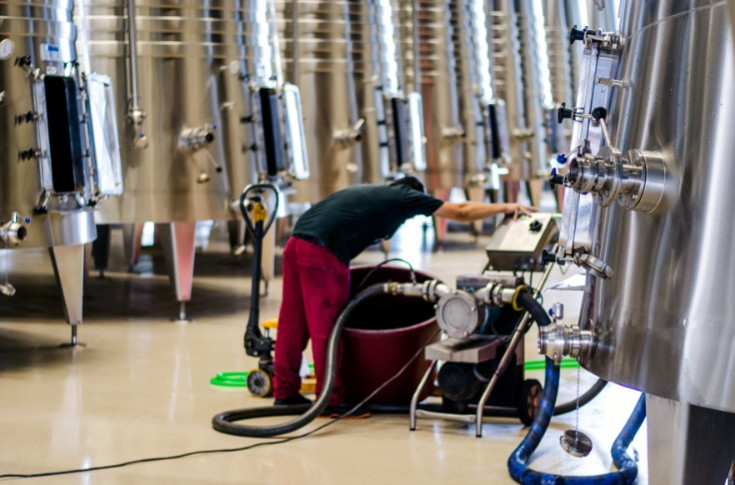No yeast is neutral for wine

t is not uncommon for sales representatives to offer winegrowers ‘neutral’ yeasts, that supposedly produce fermentations that preserve the inherent characteristics of the fruit and vineyard sites. “What are they implying by this? That the yeasts have the ability to convert sugar into alcohol without having an impact on the aromatics? Or that they are capable of revealing full-on varietal aromas without producing any fermentation aromas?” questions Irène Grellois, winemaker at France’s Cooperative Wine Institute (ICV).
“That is biologically impossible”, she says categorically. “In the first instance, you would have to create enzyme-free GMO yeasts capable of releasing aroma precursors in the grapes related to sugars or amino acids”, she explains. “And no yeast can reveal ‘full-on’ varietal aromas. The ‘best’ Saccharomyces cerevisiae release no more than 10% of precursors”, adds Grellois.
Even if scientists managed to “push the boundaries”, releasing aromas would still be contingent upon the physiological status of the yeast. “In 2019, we managed to increase the production of 2-phenylethanol with a rose odour from 0 to 5 by leveraging nitrogen availability, the temperature and the pH of the must, for example”, explains Grellois.
Her colleague Daniel Granès adds that in addition to the aromas, Saccharomyces cerevisiae produces ethanol, glycerol and polysaccharides. “All of these compounds change the perception of a wine on the palate. And yeast also releases nucleic acids, the same compounds that retain and release aromas in stock cubes for cooking. There is no way we can talk about ‘neutral’ yeasts”.






